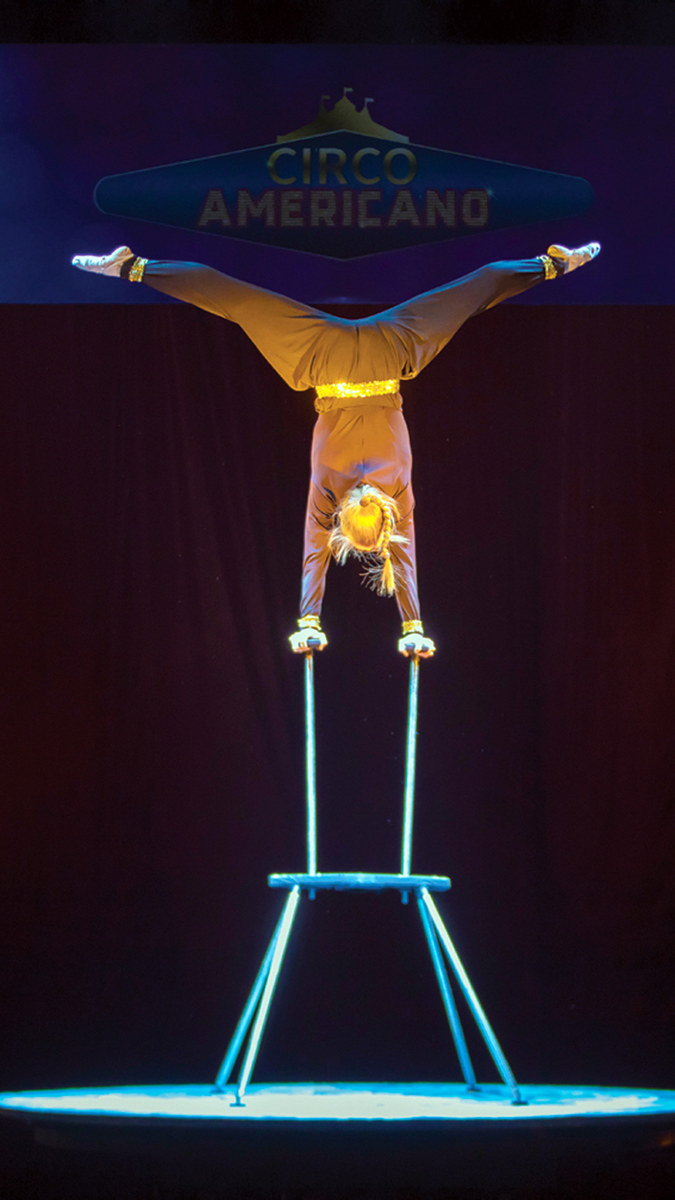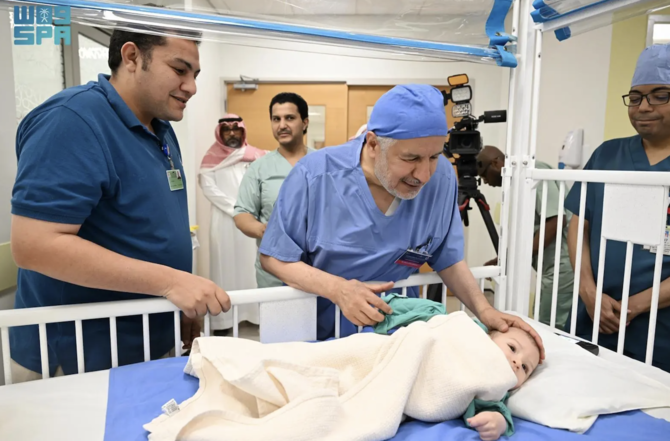RIYADH: “Ladies and gentlemen, boys and girls of all ages,” the introduction has been booming out across Saudi Arabia for over two years now. The circus is in town all over the Kingdom and, from the looks of it, it’s here to stay.
Circuses are universally loved as places where one can take the family to enjoy a night out. Young and old are entertained by the antics of a clown or dazzled by feats of acrobatic excellence. And as a family-oriented society, Saudi Arabia is the perfect place for circus shows to thrive.
Live Show Arabia (LSA) was one of the first companies to market circuses as a form of entertainment in Saudi right at the start of the “Entertainment Renaissance” that began in the Kingdom last year.
The company staged the “Hollywood Circus,” pitching their tents in the lot outside Granada Mall in Riyadh, now informally known as Circus Square. Since then they’ve gone on to organize circuses in three different cities, with more on the way.
Shows big and small
The popularity of circuses has continued to grow since, with small productions such as those organized by LSA just as common as bigger names such as Cirque du Soleil or Cirque Eloize.
The larger shows are significantly less intimate, and often more expensive, meaning only a limited audience — those who can afford it — can attend. The fact that smaller circuses like those put on by LSA are not restricted to Saudi Arabia’s major cities has helped them become even more popular.
And despite the smaller size of their shows, their performers are no less talented. “Circo Americano” is helmed by ringmaster Martin Espana — also known as Mr. Extreme Circus. As the most experienced member of the troupe, Espana is involved with all the acts in one way or another and performs with everyone, from the acrobats to the clowns.

Espana told Arab News he has been with the circus for 59 years. When asked how old he was, he replied with the same number: “I was born in the circus, I’ve been a circus performer my whole life,” he said with a grin.
Miguel Gustavo Barreiro has been performing as a clown for over 30 years. He joined up with the “Circo Americano” troupe about four years ago and has toured with them all over the Arab world, visiting countries including Oman, Jordan, and Lebanon. But so far, he says, his favorite location in the Middle East has been Saudi Arabia.
“The people in Saudi Arabia are very soft. Very lovely! Very cute. Arabia is so special, I love the people,” he told Arab News backstage during the intermission.
His affection for the Arab world is clear during his performances, when he can be seen speaking to the audience in Arabic. He calls out “Yalla!” when trying to get them to interact, and “Mashallah!” when they do as they’re told. When asked if he would like to come back to Saudi Arabia in the future, he answers with a cheeky “Inshallah!”
Thierry Antonios of Live Show Arabia invited Arab News backstage after the circus to meet the performers and discuss the success of the company’s different circus shows.
“This is our fourth circus in Saudi Arabia, and we are still planning more,” he said. “We have had a lot of success with Saudis as an audience so far.”
However, there are certain restrictions on performers in Saudi Arabia that generally do not apply elsewhere in the world — meaning the troupe members have to make changes to their costumes and routines.
The people in Saudi Arabia are very soft. Very lovely! Very cute. Arabia is so special, I love the people.
Miguel Gustavo Barreiro
These changes are evident in the way the performers present themselves onstage. The female performers’ dance movements are muted, sometimes jerky, as if they are restraining themselves from moving their bodies too provocatively.
And of course, the costumes have been altered as well: One of the clowns wears a pair of black basketball shorts underneath her tutu to cover her thighs. Underneath short, swishing skirts and cropped shirts, female acrobats wear long-sleeved black bodysuits that hide every inch of exposed skin. The ringmaster’s assistant’s top half looks impeccable in a fancy, sequined red coat, but her bottom half is clad in a regular pair of black sweatpants.
Ludmilla, a Ukranian performer, specializes in acrobatics and contortion. Acrobats in most circuses are usually clad in scanty, skin-tight costumes that leave little to the imagination, Ludmilla has opted for a loose-fitting jumpsuit more appropriate for a Saudi audience.
HIGHLIGHTS
• LSA's small productions are as popular compared to bigger names such as Cirque du Soleil or Cirque Eloize.
• Circo Americano is helmed by ringmaster Martin Espana — also known as Mr. Extreme Circus.
• There are certain restrictions on performers in Saudi Arabia that generally do not apply elsewhere in the world — meaning the troupe members have to make changes to their costumes and routines.
She said that the costume change does not affect her performance: “It doesn’t bother me. Some of the other performers need tight costumes in order to perform, but my act doesn’t require it.”
“We try to choose artists who are willing to modify their costumes, and so far we haven’t had any issues with getting them to try something different,” Antonios said.
Feedback
The costume changes came into effect following a few complaints that Live Show Arabia received during their first performance of “Hollywood Circus” in Riyadh regarding outfits and acts.
“This year we have taken all the feedback into consideration and adapted the show to Saudi needs,” said Antonios.
Most of the performers Arab News spoke to at “Circo Americano” — and indeed most circus performers worldwide — began honing their talents at a very young age. Barreiro, who turns 50 this year, has been performing as a clown for more than 30 years. Ludmilla, 29, has been performing for 25 years. Most circus performers were either born into the circus life or began traveling with a troupe at as young as three years old.
However, LSA is aware that there are Saudis who may be interested in joining a circus troupe and Antonios revealed exclusively to Arab News that his company has plans to establish a circus school in Riyadh some time in the next few years.
“We’re still waiting on full approvals, and investors, but this is definitely something we would be interested in doing,” he said.
























